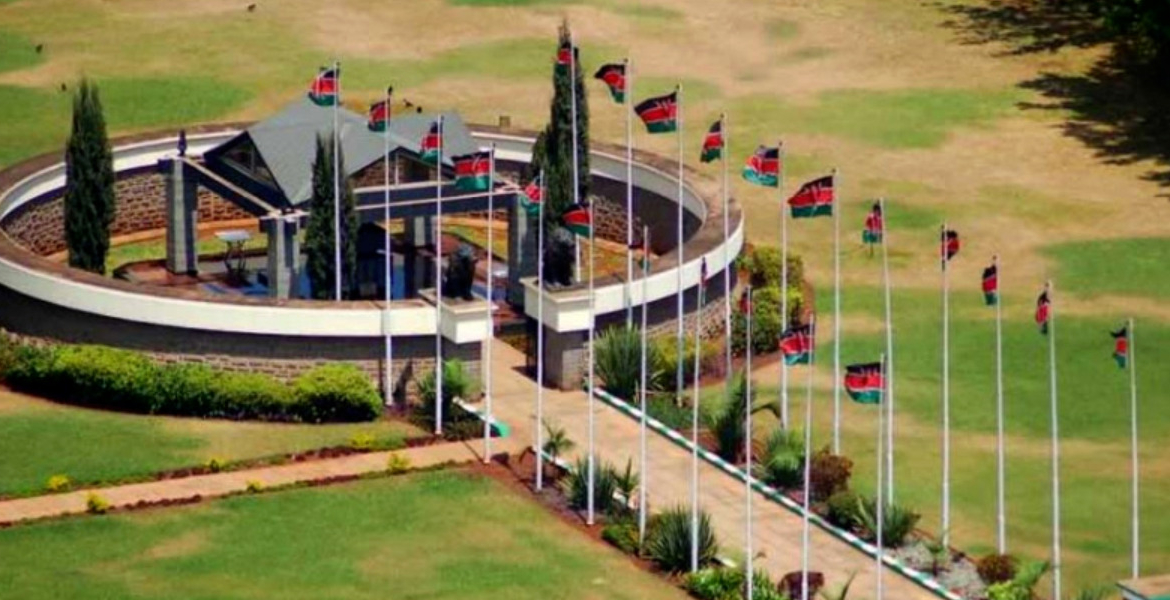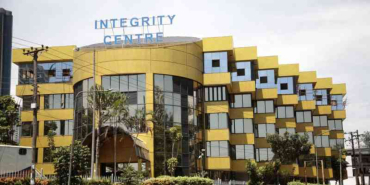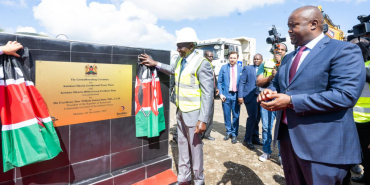Man Calls for Relocation of Kenyatta’s Body from Parliament Grounds to Gatundu

A petition urging the Kenyan government to relocate the remains of the nation's first president, Mzee Jomo Kenyatta, from Parliament Grounds to his ancestral home in Gatundu has ignited a nationwide debate.
The request, submitted to the Ministry of Gender, Culture, the Arts and Heritage on 29 July by citizen advocate Mweha, calls for a culturally sensitive reconsideration of the late leader’s final resting place. Mweha’s petition centres on the belief that Kenyatta would have preferred burial in his ancestral land, aligning with African traditions that emphasise the importance of burial in one's native area for spiritual fulfilment and generational continuity.
While the assertion remains undocumented, it forms a significant part of the rationale. Currently, Kenyatta’s mausoleum is situated adjacent to Parliament Buildings. This location was initially chosen to underscore his crucial role in Kenya's independence and to symbolise national unity. However, Mweha contends that the site, primarily designated for the legislative branch, may not be the most suitable final resting place, given the deep cultural significance attached to it.
He argues that Parliament Grounds does not adequately reflect traditional values. Beyond cultural considerations, the petition addresses broader national themes. Mweha proposes that relocating Kenyatta's remains to Gatundu could serve as a gesture of devolution, decentralising national heritage and fostering regional pride.
He envisions establishing a formal memorial site in Gatundu, potentially offering educational, cultural, and economic advantages to the local community and the nation. Such a site, he argues, would be more accessible to the public compared to the current mausoleum, which is heavily guarded and generally closed to visitors.
To ensure transparency and inclusivity, the petitioner advocates for the establishment of a multi-stakeholder national forum. This forum would involve representatives from the Kenyatta family, cultural and religious leaders, the Parliamentary Service Commission, the National Museums of Kenya, and other relevant bodies to deliberate on the relocation. Additionally, an independent review and a public engagement framework are recommended to guide the process.
Kenya’s Constitution mandates a state funeral for a sitting or former president, but it does not specify the burial location. Kenyatta, who died on 22 August 1978, after serving as president for 15 years, was interred at Parliament Grounds, a move widely interpreted as a tribute to his national stature. However, questions remain regarding whether this decision reflected his personal or familial wishes.








Add new comment